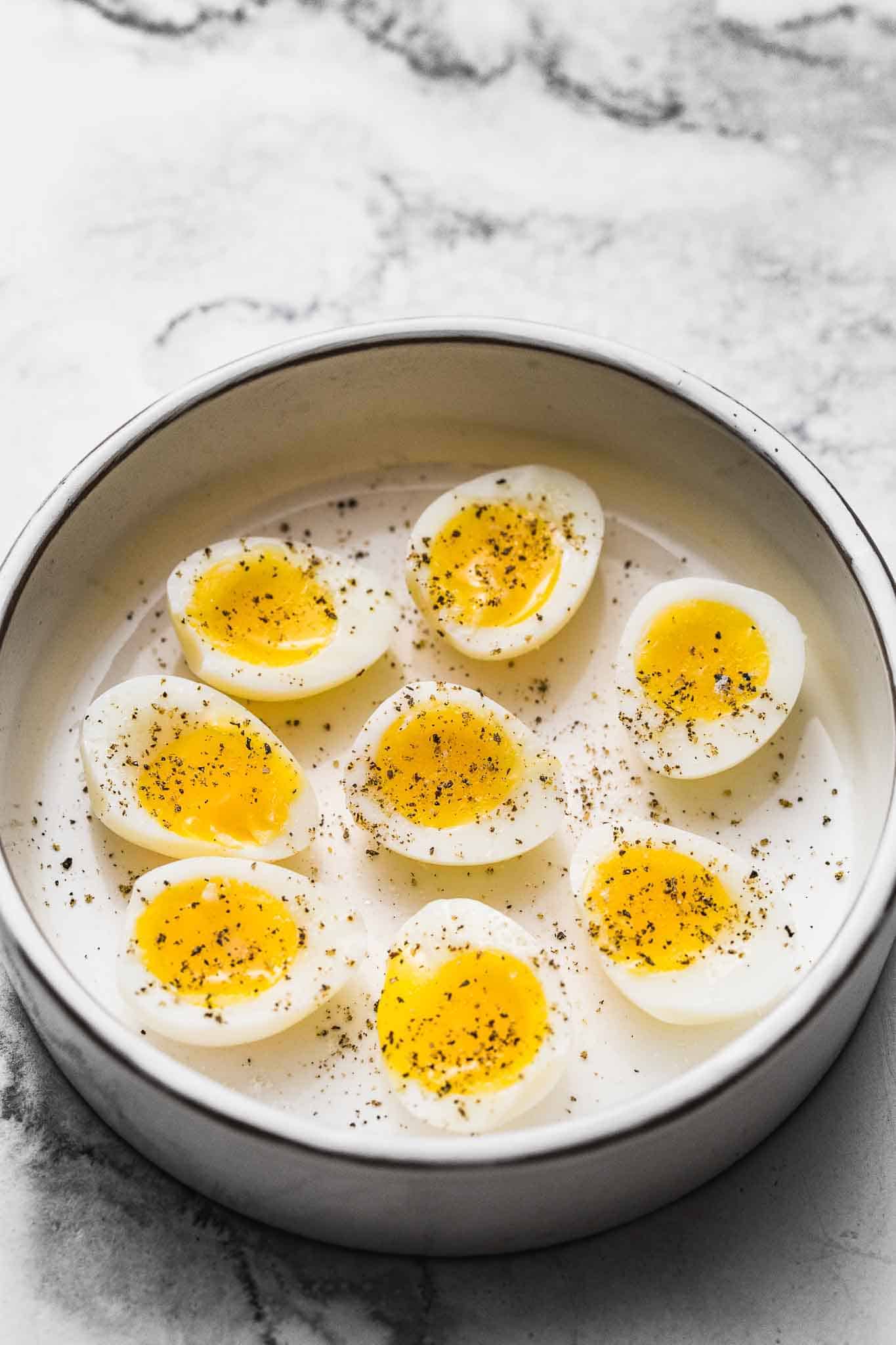

Average shell thickness was the greatest in eggs of WG quails (223.53±5.52 µm), and the lowest-in GG quails (216.91☖.83 µm). The shell share from all tested groups comprised between 10.95 and 12.58% of egg weight. Yolk proportion was about 30%, with smaller differences between the groups. Albumen proportion is almost 2/3 of egg mass, with average values from 57.14% in group WG tо 59.90% in group GG. The highest average Shape index was observed in group GG (78.31☐.53%), vs the lowest in WG quails (77.55☐.62%). The highest average egg weight was registered in WG group and the lowest in GL group, 14.04☐.32 g and 12.79☐.29 g respectively (p<0.05). The main egg quality traits were controlled. In the experiments, 160 female birds from populations WG and GG, and 96 birds from population GL were tested up to the 6th production month. The aim of the study was to evaluate egg quality traits in three heavy Japanese quail populations created and reared in the Poultry Breeding Unit of the Trakia University-Bulgaria, marked as WG, GG and GL. The obtained results of chemical, microbiological and questionnaire tests show that commercial farms carry a lower microbiological risk to the environment than backyard farm. It was found that the seasons of the year and the system of keeping hens have a significant impact on the microbiological contamination with volatile compounds of the environment and the atmosphere of the hen houses.

Two types of laying hens reared on litter were compared: commercial and backyard farms. The air from both types of farms is tested in terms of the quantity and quality of volatile compounds. The research carried out as part of this study is a comprehensive assessment of the microbiological contamination (Pseudomonas, Enterobacteriaceae, and microscopic fungi) of all the elements that make up the environment of the poultry house (feed, litter, dust pollution and the atmosphere of the poultry house) in an annual cycle. The source of fumes is an element of the poultry house environment that affects the level of dust (litter and feed), the concentration of volatile compounds and the composition of the microflora (litter, dust and fodder). The odors and dust emitted from hen houses affect human health and the condition of crops.


 0 kommentar(er)
0 kommentar(er)
